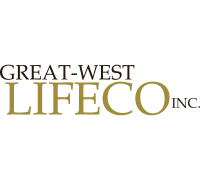
Great-West Lifeco Inc
TSX:GWO

Great-West Lifeco Inc
Great-West Lifeco Inc. stands as a formidable force in the financial services sector, weaving its influence largely across North America, Europe, and Asia. As part of the mighty Power Corporation of Canada, it operates through a network of subsidiaries that include well-known names like London Life, Canada Life, and Irish Life. The company's diverse offerings are not just confined to life insurance; they span an extensive spectrum covering health insurance, reinsurance, investment services, and retirement savings plans. This mosaic of services is meticulously crafted to suit the evolving needs of individuals, families, and institutions, illustrating Great-West Lifeco’s adaptability and grasp of market dynamics.
The heart of Great-West Lifeco’s profitability lies in its tried-and-true business model, where it leverages premium income from its insurance products and astutely invests these funds to generate higher returns. This model allows the company to not only cover claims but also to grow its reserves for future obligations. Furthermore, the company's wealth and asset management arms broaden its revenue streams by charging management fees on the assets under its stewardship. By deftly balancing its underwriting operations with astute financial management, Great-West Lifeco solidifies its position as a guardian of people’s financial futures, all while steering its own growth and profitability.















































 You don't have any saved screeners yet
You don't have any saved screeners yet
